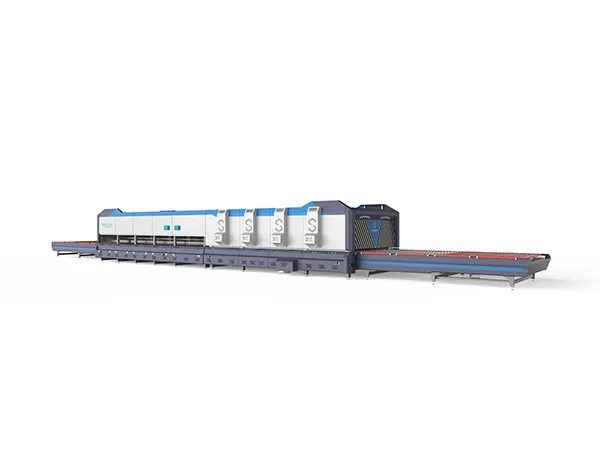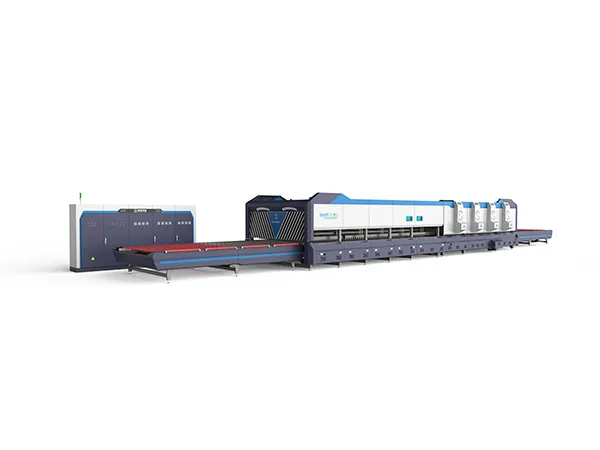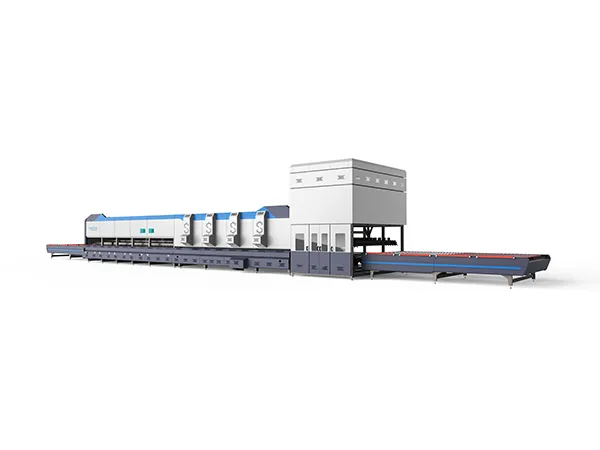The goal of tempering is to heat glass uniformly to near its softening point (around 620°C) and then rapidly cool (quench) it with air jets. This creates compressive stress on the surface and tensile stress in the core, resulting in stronger, safer glass. However, achieving consistent quality (flatness, low distortion, uniform stress, no breakage) across different glass types (clear, coated, Low-E, patterned), thicknesses, and sizes is challenging. Intelligent control systems aim to address these challenges.
Glass Tempering Furnace Intelligent Control
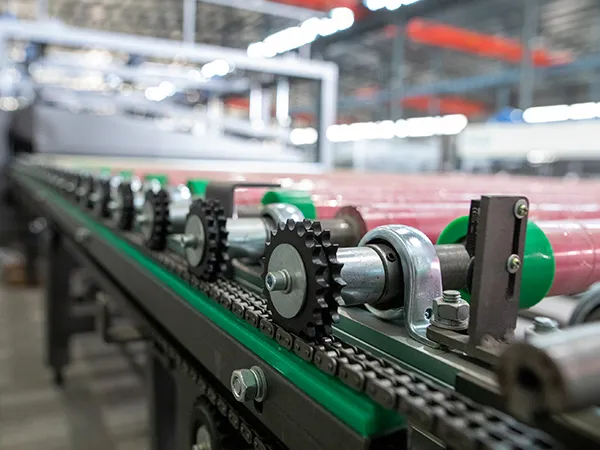
Here are key aspects and techniques used in intelligent control systems for glass tempering furnaces:
Advanced Sensing and Monitoring:
Thermal Scanners/Cameras: Provide detailed real-time temperature maps of the glass surface as it exits the furnace, crucial for identifying non-uniform heating.
Pyrometers: Multiple non-contact temperature sensors strategically placed within the furnace and quench.
Stress Measurement Systems: Online or offline systems (e.g., using photoelasticity) to measure residual stress patterns
Dimensional/Flatness Sensors: Laser or optical systems to measure glass flatness and warp.
Energy Consumption Monitoring: Tracking power usage of heaters and blowers.
Data Acquisition and Processing:
High-speed collection and storage of data from all sensors, furnace settings (heater power, convection levels, quench pressure, conveyor speed), and glass properties (type, thickness, dimensions).
Data cleaning, filtering, and feature extraction to prepare data for analysis and modeling.
Sophisticated Modeling:
Thermal Models: Simulating heat transfer (radiation, convection, conduction) within the furnace and glass. These models account for glass properties (emissivity, absorption), heater characteristics, and furnace geometry. Low-E coatings significantly change radiative properties and require accurate modeling.
Stress Models: Predicting the development of thermal stress during quenching based on the temperature distribution and cooling rate.
Combined Thermo-Mechanical Models: Integrating thermal and stress models for a comprehensive simulation of the tempering process.
Core Intelligent Control Techniques:
Model Predictive Control (MPC):
Uses a dynamic model of the furnace to predict future glass temperatures based on current conditions and planned control actions (heater adjustments, quench pressure changes).
Optimizes control actions over a future time horizon to achieve desired temperature profiles and quality targets while respecting operational constraints (e.g., maximum heater power, blower capacity).
Excellent for handling complex interactions, constraints, and delays inherent in the tempering process, especially for maintaining temperature uniformity.
Artificial Neural Networks (ANNs) / Machine Learning (ML):
Process Modeling: ANNs can learn complex, non-linear relationships between inputs (glass type, thickness, furnace settings) and outputs (exit temperature distribution, final quality metrics, breakage probability) directly from historical process data, even without a perfect physics-based model.
Recipe Optimization/Generation: ML algorithms can analyze past successful production runs to suggest optimal recipes (heating times, temperatures, quench settings) for new glass types or sizes, reducing setup time and trial-and-error.
Quality Prediction: Predicting final glass quality (e.g., flatness, distortion, anisotropy level) based on real-time sensor data during the process.
Anomaly Detection/Predictive Maintenance: Identifying deviations from normal operation that might indicate potential equipment failure (e.g., degrading heater, blower issues) or process problems.

Fuzzy Logic Control (FLC):
Uses "if-then" rules based on linguistic variables (e.g., "IF glass center is slightly_cool AND edge is hot THEN slightly_increase_center_heating AND slightly_decrease_edge_heating").
Good for incorporating operator expertise and handling imprecise or qualitative information.
Can be used to fine-tune PID controllers or manage complex heating/cooling adjustments based on thermal imaging feedback.
Expert Systems:
Codify the knowledge and decision-making processes of experienced tempering operators and engineers into a rule-based system.
Can assist operators in troubleshooting, selecting initial recipes, or adjusting parameters based on observed quality issues.
Hybrid Systems:
Combine multiple techniques (e.g., MPC using an ANN-based model, Fuzzy logic for tuning MPC parameters, ML for recipe pre-selection feeding into an MPC). This leverages the strengths of each approach.
Adaptive Control:
Systems that automatically adjust their control parameters or models over time as the furnace characteristics change (e.g., heater aging) or as more data becomes available, ensuring continued optimal performance.
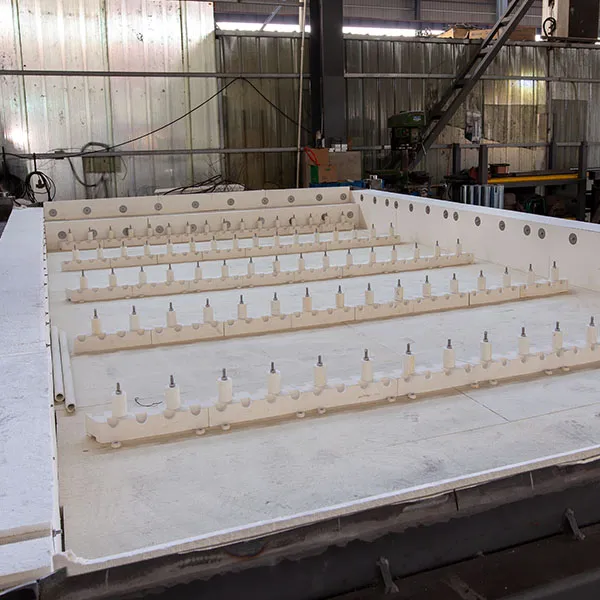
Benefits of Intelligent Control Systems in Glass Tempering:
Improved Quality: Better temperature uniformity leads to flatter glass, less optical distortion (roller wave, anisotropy), and more consistent stress profiles.
Increased Yield: Reduced thermal stress imbalances minimize breakage during quenching and handling.
Energy Savings: Optimized heating profiles and quench settings reduce unnecessary energy consumption.
Handling Complex Products: Essential for successfully tempering sophisticated Low-E coatings, thin glass, and complex shapes, which are highly sensitive to temperature variations.
Faster Recipe Setup: Automated recipe generation or suggestions reduce reliance on operator experience and costly trial runs.
Reduced Operator Dependency: More automation and smarter control reduce the variability introduced by different operators.
Process Insight: Data analysis provides a deeper understanding of the process dynamics and factors influencing quality.
Predictive Maintenance: Early detection of potential equipment failures reduces downtime.
In essence, intelligent control systems transform glass tempering from a somewhat "black art" relying heavily on operator skill into a more data-driven, predictable, and optimized manufacturing process. Major furnace manufacturers increasingly offer these advanced control options.








